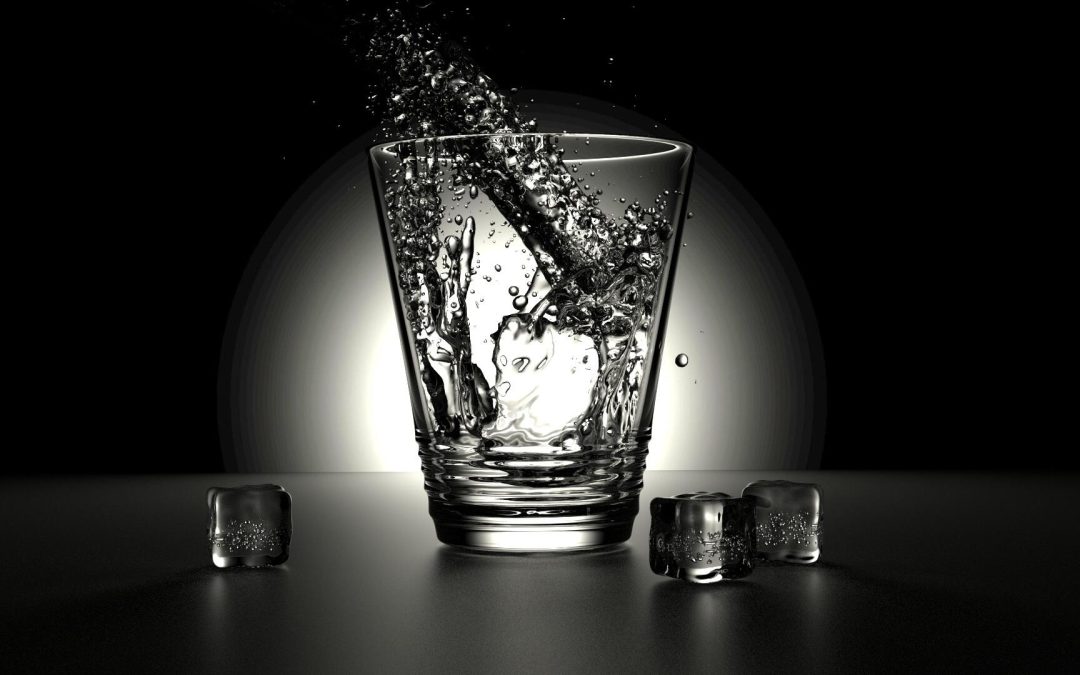Perhaps you weren’t aware that lead is a naturally occurring element found everywhere around us, in the soil, air, water, and even inside our homes. But it’s our activity with fossil fuels that causes lead exposure to become a serious health risk to humans.
What does lead look like in water, though?
Despite its dangerous effects, identifying lead in drinking water is not straightforward because lead is invisible and tasteless when dissolved.
Understanding the characteristics of lead, its sources, and the lead contamination signs is crucial for ensuring safe drinking water.
Understanding Lead and Its Sources
Lead is a heavy metal that, even in small amounts, can cause severe health problems, particularly in children and pregnant women. Historically, lead has been used in various products, including pipes, paints, and gasoline. Today, the primary sources of lead contamination in water include:
Corrosion of Lead Pipes and Fixtures
Older homes and buildings often have lead pipes, solder, or fixtures. When water sits in these pipes for an extended period, it can leach lead, especially if the water is acidic or has low mineral content.
Industrial Pollution
Industrial activities, including mining and manufacturing, can introduce lead into water sources. Improper disposal of industrial waste can lead to contamination of local water supplies.
Lead in Plumbing
Even if a home does not have lead pipes, it may still have brass or chrome-plated brass faucets and fixtures with lead solder. Over time, these materials can rust, releasing lead into the water.
Visual and Sensory Identification
One of the major challenges in identifying lead contamination is that lead does not alter the appearance, taste, or smell of water. Unlike other contaminants that may cause discoloration or a distinct taste or odor, lead is completely invisible to the naked eye when dissolved. Therefore, relying solely on sensory detection is ineffective for identifying lead contamination.
However, if your water does taste odd or has a weird smell, then you must get it tested right away for other contaminants besides lead that could be dangerous to your family’s health as well.
Water Testing for Lead
Given how lead is undetectable through visual or sensory inspection, testing water is the only reliable method to identify lead contamination. There are several approaches to testing water for lead.
Home Testing Kits
These kits are readily available and can provide a preliminary indication of lead presence. They usually involve collecting a water sample and using a chemical test strip that changes color if lead is detected. While convenient, these kits may not be as accurate as professional testing.
Professional Laboratory Testing
Water samples should be sent to a certified laboratory for more accurate results. Professional testing involves more sophisticated methods, such as atomic absorption spectroscopy or inductively coupled plasma mass spectrometry (ICP-MS), which can detect even trace amounts of lead with high precision.
Municipal Water Testing
Many municipalities regularly test water for contaminants, including lead. Residents can often access these test results through local government websites or request specific testing from their water utility provider.
Steps for Collecting Water Samples
Proper sample collection is critical for accurate testing. Here are the steps to collect water samples effectively.
Use a Clean Container
Use a clean, lead-free container provided by the testing kit or laboratory. Avoid using containers made of materials that may contain lead.
Collect First-Draw Samples
To test for lead, collect the first draw of water after it has sat in the pipes for at least six hours (overnight is ideal). This sample is more likely to show lead contamination from pipes and fixtures.
Follow Instructions
Carefully follow the instructions provided with the testing kit or from the laboratory. This ensures the sample is not contaminated and the results are accurate.
Health Risks of Lead Exposure
Exposure to lead-contaminated water can have severe health effects. Children and pregnant women are particularly vulnerable. Here are some of the health risks associated with lead exposure.
In Children
Lead exposure can lead to developmental delays, learning difficulties, irritability, weight loss, fatigue, and abdominal pain. In severe cases, it can cause seizures and death.
In Pregnant Women
Lead can cross the placental barrier, affecting fetal development. It can cause premature birth, reduced birth weight, and developmental issues in infants.
In Adults
Lead exposure can cause high blood pressure, kidney damage, and reproductive problems. It can also lead to cognitive decline and increased risk of cardiovascular diseases.
Reducing Lead Exposure
Once lead contamination is detected, taking steps to reduce exposure is crucial. Here are some measures to consider, so you can be lead-free in your home and stay healthy.
Replace Lead Pipes and Fixtures
Do you live in an older home that might have lead piping? If possible, replace lead-containing plumbing components with lead-free alternatives. This is the most effective long-term solution.
Use Water Filters
Certified water filters can remove lead from drinking water. Look for filters that are certified by NSF International or the Water Quality Association for lead removal.
Flush Taps
Before using water for drinking or cooking, flush taps for several minutes to reduce lead levels. This is particularly important for water sitting in pipes for an extended period.
Use Cold Water
Use only cold water for drinking, cooking, and making baby formula. Hot water is more likely to leach lead from pipes and fixtures.
Regular Testing
Regularly test water for lead, especially if living in an older home or an area known for lead contamination. This helps ensure any new contamination is promptly identified and addressed.
What Does Lead Look Like in Water?
To summarize the answer to the question, “What does lead look like in water,” lead is tasteless when in water, so you can’t tell if your water is contaminated by it or not. This is why testing is so important.
Elite Mold Services offers water testing for a wide variety of contaminants, including bacteria, mold, lead, fertilizers, nitrites, nitrates, chlorine, pesticides, and more.
Schedule your water testing today in Orlando, FL, and ensure your loved ones aren’t drinking contaminants every time they pour themselves a glass of water.

